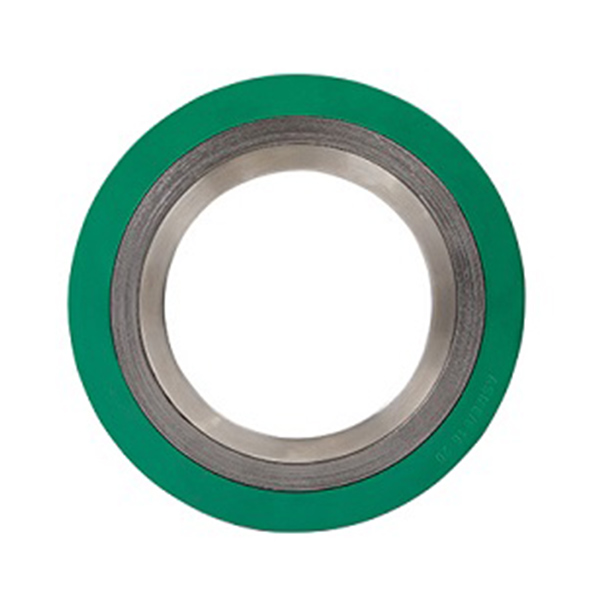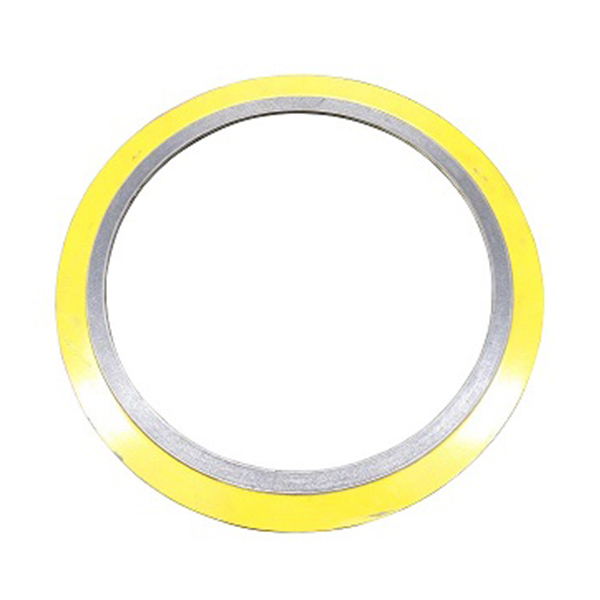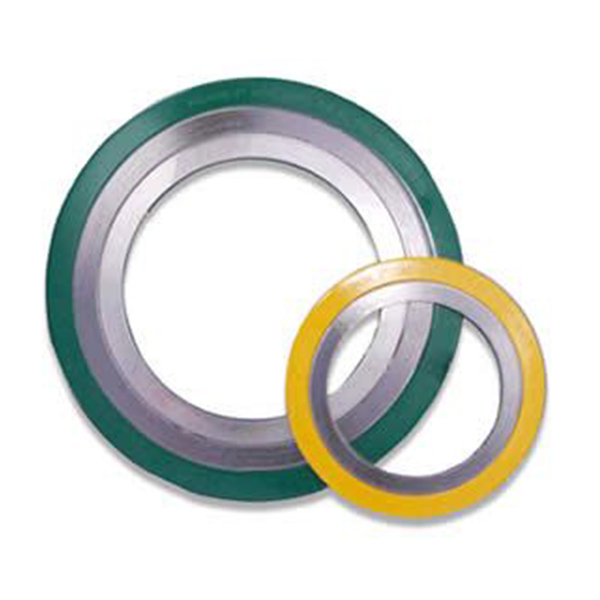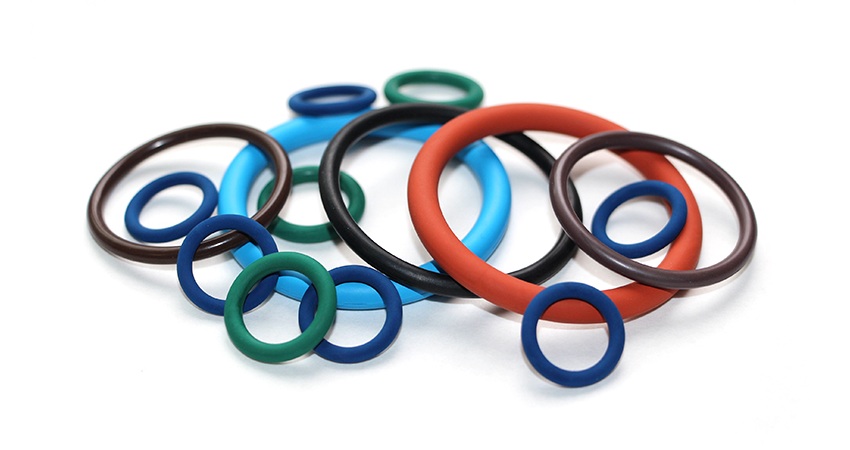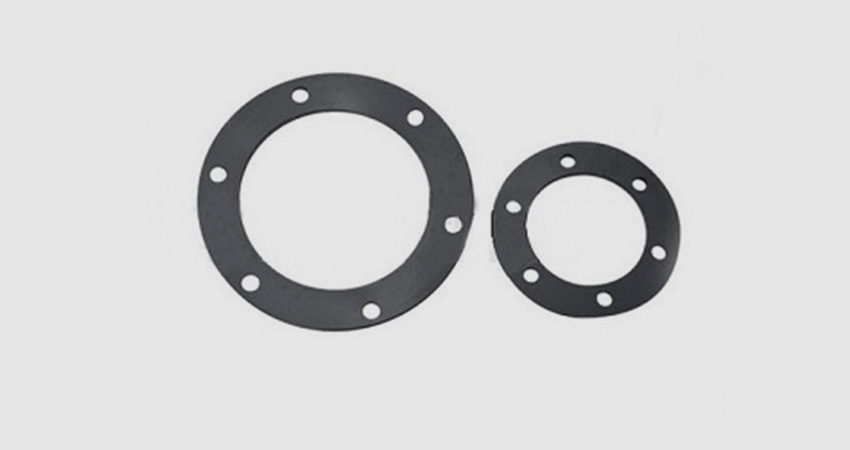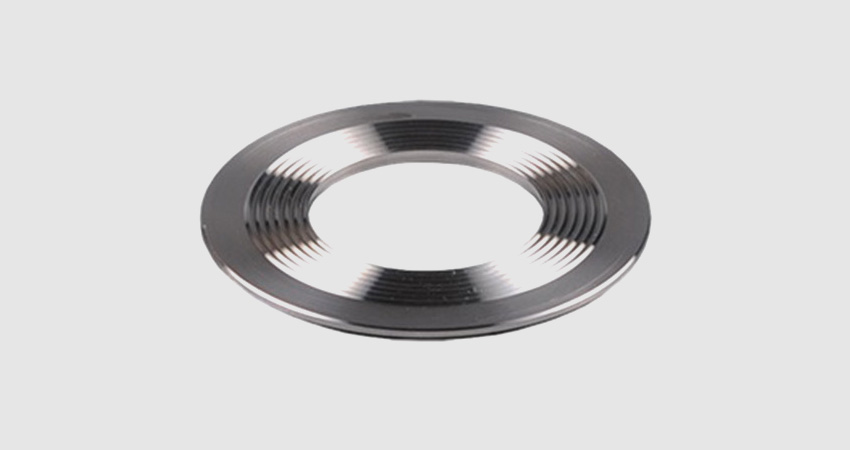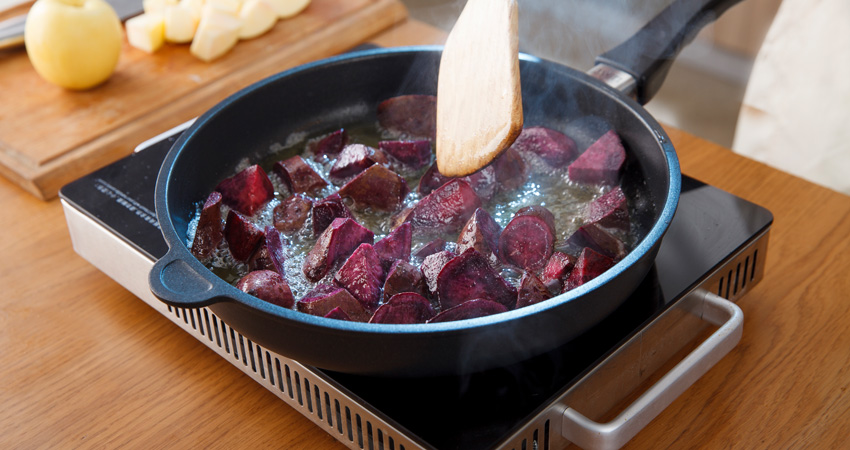Cork Sheets Manufacturer & Supplier in China
What is a Cork Sheet?
A cork sheet is a versatile and eco-friendly material made from the bark of the cork oak tree. It is known for its natural properties, including elasticity, impermeability, and thermal insulation. Cork sheets are widely used in various industries, from construction and flooring to crafts and acoustic solutions, due to their sustainability and durability.
Key Features of Cork Sheets
- Natural and renewable resource
- Excellent thermal and acoustic insulation
- Water and fire resistant
- Lightweight and easy to handle
- Hypoallergenic and resistant to mold and pests
- Durable with high compressibility and recovery
Product Specifications
| Parameter | Standard Value | Units |
|---|---|---|
| Thickness | 2 - 50 | mm |
| Density | 120 - 200 | kg/m³ |
| Thermal Conductivity | 0.035 - 0.045 | W/m·K |
| Compressive Strength | 0.7 - 1.5 | MPa |
| Water Absorption | < 5 | % by volume |
| Fire Rating | Class B (EN 13501-1) | - |
| Operating Temperature | -50 to 100 | °C |
Applications of Cork Sheets
- Flooring underlayment for noise reduction and insulation
- Wall and ceiling panels for acoustic treatment
- Gaskets and seals in industrial machinery
- Craft projects and bulletin boards
- Insulation in refrigeration and HVAC systems
- Sports equipment and yoga accessories
Advantages Over Synthetic Materials
Cork sheets offer several benefits compared to synthetic alternatives. They are biodegradable, non-toxic, and have a lower carbon footprint. Their natural cellular structure provides superior cushioning and energy absorption, making them ideal for high-impact applications. Additionally, cork sheets are easy to cut and shape without specialized tools, allowing for custom installations.
FAQs About Cork Sheets
What is the typical lifespan of a cork sheet?
Cork sheets can last for decades, often up to 50 years or more, depending on the application and environmental conditions. Their resistance to moisture, rot, and wear contributes to their longevity.
Are cork sheets environmentally friendly?
Yes, cork sheets are highly sustainable. The cork oak tree is harvested every 9-12 years without harming the tree, and the production process generates minimal waste, often using renewable energy sources.
Can cork sheets be used in wet areas like bathrooms?
Cork sheets are water-resistant but not fully waterproof. For wet areas, it is recommended to use sealed or coated cork products or apply a protective finish to prevent water damage over time.
How do I clean and maintain a cork sheet?
Clean cork sheets with a damp cloth and mild soap. Avoid harsh chemicals or abrasive cleaners. For flooring, regular sweeping and occasional mopping with a well-wrung mop will maintain its appearance and functionality.
Is cork sheet material safe for children and pets?
Absolutely. Cork is hypoallergenic, non-toxic, and soft underfoot, making it a safe choice for play areas, bedrooms, and homes with children and pets. It also resists mold and mites.
What sizes are available for cork sheets?
Cork sheets come in various sizes, commonly ranging from 12" x 12" to 48" x 96", with custom sizes available upon request. Thickness options vary from thin rolls to thick panels.
Can cork sheets be painted or stained?
Yes, cork sheets can be painted or stained using appropriate products like acrylic paint or wood stain. It is advisable to test a small area first and apply a sealant for enhanced durability.
How does cork sheet perform in terms of fire safety?
Cork sheets have a natural fire resistance due to their suberin content, which acts as a flame retardant. They typically meet Class B fire ratings, meaning they have a slow flame spread and low smoke development.
Are there different grades of cork sheets?
Yes, cork sheets are graded based on density, grain structure, and intended use. Grades range from commercial (lower density for crafts) to premium (high density for insulation and flooring).
Can cork sheets be used for soundproofing?
Cork sheets are excellent for soundproofing and acoustic insulation. Their porous structure absorbs sound waves, reducing noise transmission in walls, floors, and ceilings. For best results, use thicker sheets or combine with other materials.
Installation Tips for Cork Sheets
- Ensure the surface is clean, dry, and smooth before installation.
- Use adhesive recommended for cork materials, applying evenly to avoid bubbles.
- For flooring, acclimate cork sheets to room temperature for 24-48 hours prior to installation.
- Seal edges and surfaces in high-moisture areas to enhance durability.
- Cut cork sheets with a sharp utility knife or saw, measuring carefully for precision.
Why Choose Our Cork Sheets?
Our cork sheets are sourced from sustainably managed forests and manufactured to the highest standards. We offer a range of densities, sizes, and finishes to meet diverse needs, backed by quality certifications and expert support for your projects.
- View as

Neoprene Rubber Superior Sealing Cork Rubber Sheet

Nitrile Rubber Bonded Cork Sheet

Cork Sheet



